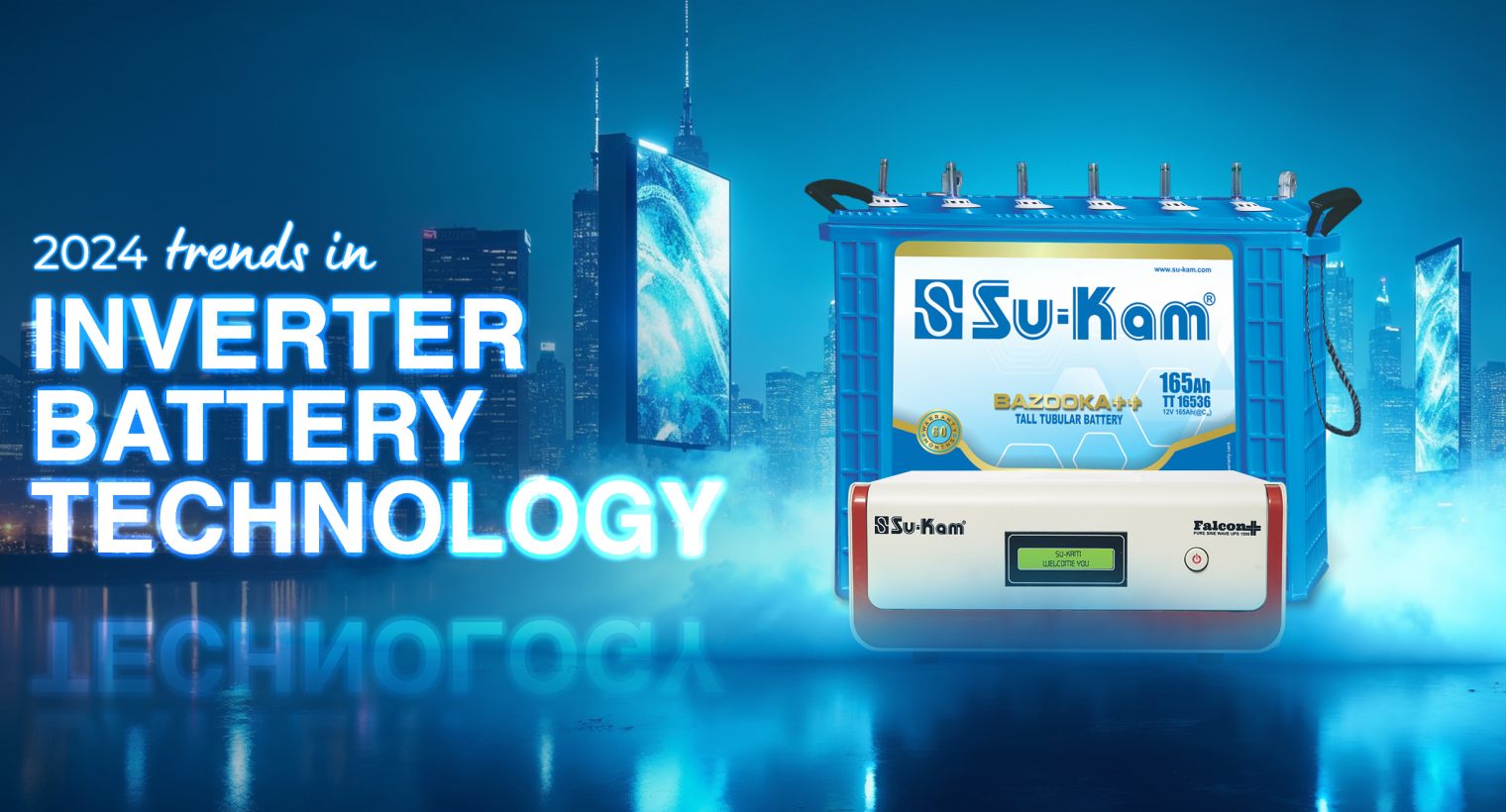Inverter battery technology is advancing at a lightning pace with clear emphasis on smarter, more sustainable, and efficient energy solutions. Several key trends await the lookout toward 2024 that will shape the inverter battery landscape dominated by urgent demand for uninterrupted power supply, energy storage capabilities, and the shift toward renewable energy. Below is a snapshot of the most significant developments in this space:
1. Lithium-ion batteries
The growth of lithium-ion batteries also caused a continued displacement of the lead-acid battery from the inverter market. Longer life cycles, higher energy density, faster charging times, and very low maintenance requirements are making them more desirable for residential and commercial applications. In 2024, lithium-ion technology will dictate the market with positive moves in decreasing battery costs and advancing cell chemistry, offering superior energy efficiency and safety.
2. Intelligent Energy Management Systems
The change brought about by smart technology brings with it energy management systems integrated with inverter batteries that are intelligent. Battery performance can be tracked using AI-driven energy management, which optimizes power usage while prolonging the battery’s lifetime. These systems analyze the consumption pattern, predict future energy consumption, and automatically adjust the current distribution of the power supply for efficiency. In 2024, the AI-enabled systems will advance with integration into inverters wherein real-time insights coupled with predictive capability for maintenance of battery health with no downtime and costs would be depicted.
3. Hybrid Energy Storage Solutions
Hybrid energy storage solutions, such as capacitors with batteries, will grow as the energy mix continues to transition toward renewable sources. Hybrid systems can integrate the battery-based technology and other types of energy storages with a capacitive component for higher efficiency in power backup solutions that provide even more dynamic storage and discharge. Then, in 2024, more hybrid models are expected to be added to inverter systems to store solar energy better and draw it as needed-whether it’s at peak consumption times or during a power outage.
4. Innovations in Sustainability and Recycling
Sustainability will be an overarching theme in 2024 and even for the inverter battery industry. Battery recycling and disposal have been a concern for so long, especially since most firms are using lead-acid batteries. In line with this, innovations as such are taking lead with the increase of lithium-ion technology.
Battery producers are focusing on minimising the waste and carbon footprints by increasing eco-friendly materials along with recycling processes. The sustainable practices, be it production or usage, will take centre stage in 2024, as companies have their focus on rounder economies, improving batteries in inverters to store greener energy.
5. Long Life Battery Through the magic of technology, 2024 will introduce to the world longer life and more efficient batteries. Manufacturers are now working on batteries that can serve for as long as 15–20 years, providing better value to the consumers and diminishing the total cost of ownership. Such long-lasting batteries would appeal particularly to renewable energy adopting markets where longevity and reliability rank high.
Conclusion As we move into 2024, the inverter battery playfield will shift because of continued lithium-ion leadership, smarter energy management systems, hybrid storage solutions, sustainability innovations, and longer-lasting batteries. These trends are going to revolutionize the way the inverter industry is viewed but will play a crucial role in the quest for a more sustainable and energy-efficient future. For companies like Su Kam, embracing such developments will ensure that the company has an edge to stay ahead on the curve of energy storage innovation and responsive to changing customer and planet needs.
Know More: https://www.su-kam.com/


